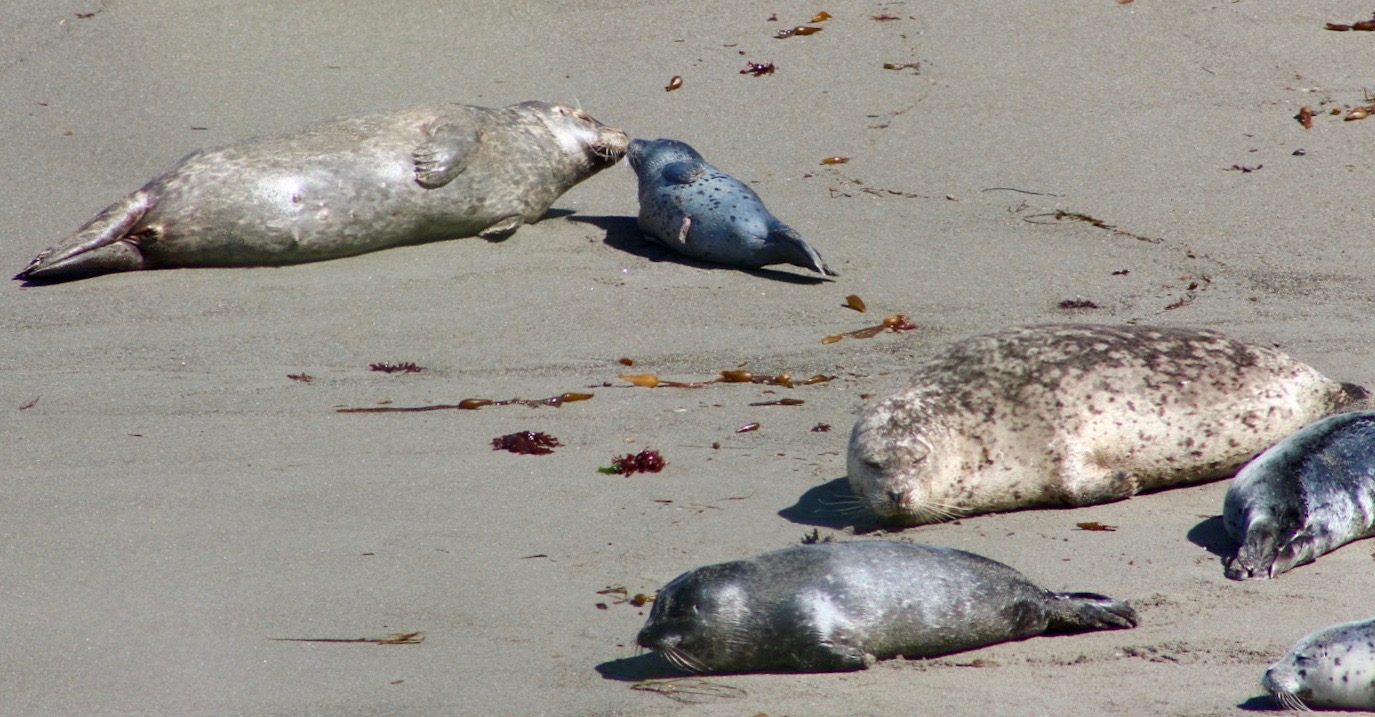
As an avid hiker and wildlife enthusiast, I thoroughly enjoyed my trip to Point Lobos State Natural Reserve. It is a great destination for picnicking, SCUBA diving, and jogging. The two-hour drive to get there from Concord is well-worth the effort. The park was called ”the greatest meeting of land and sea in the world” by landscape artist Francis McComas, and it lives up to its reputation.
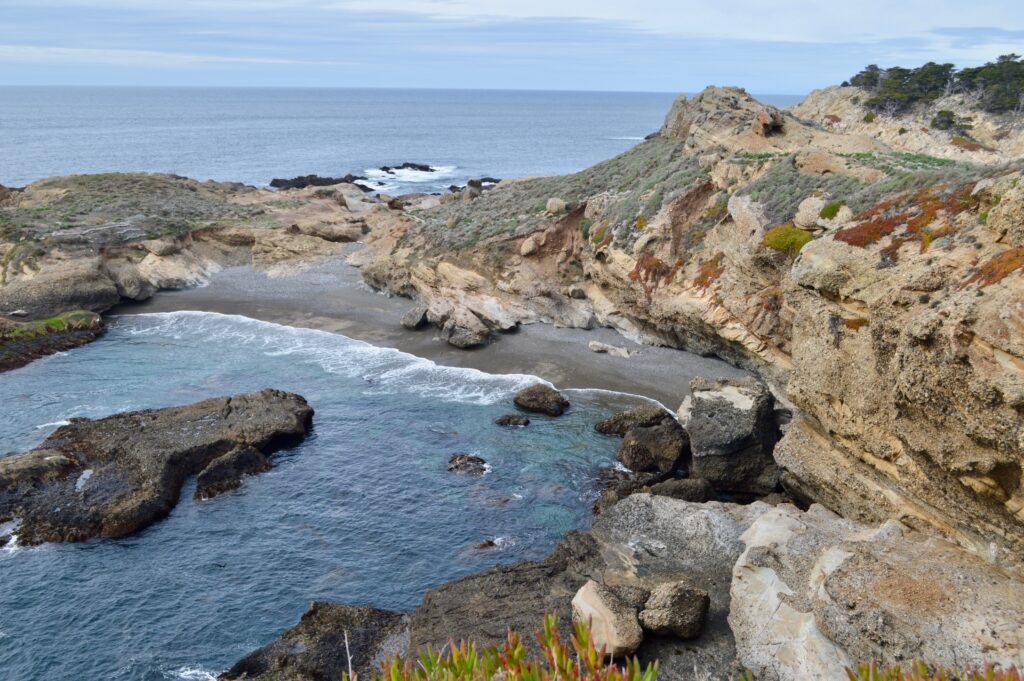
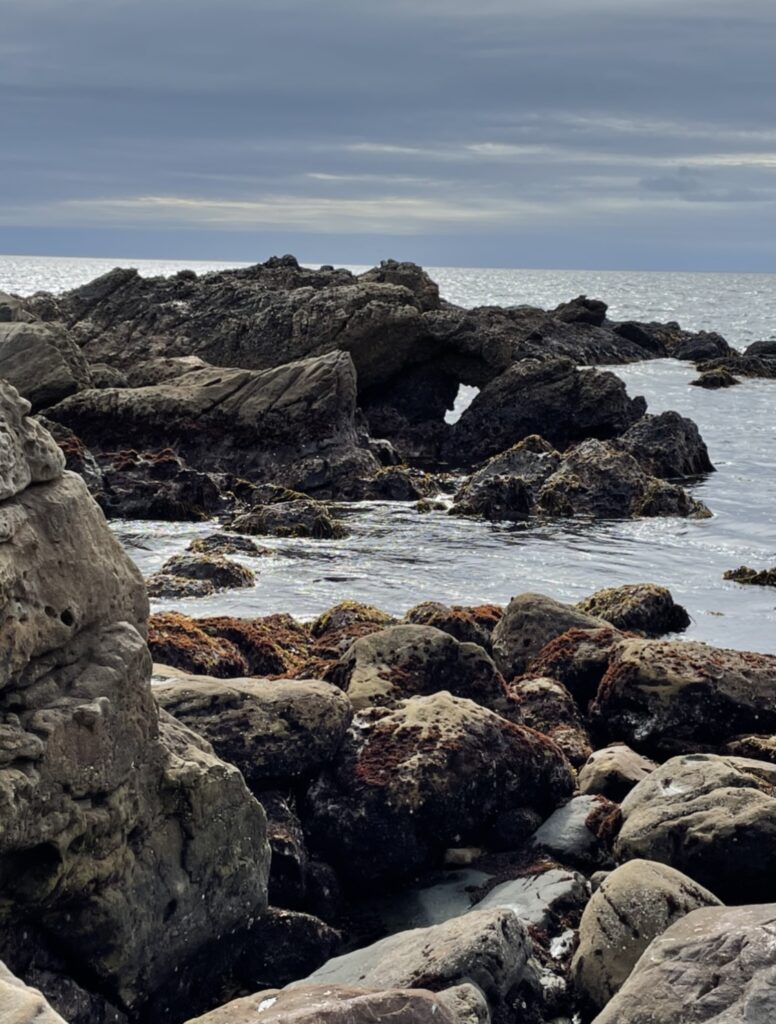
Point Lobos is a natural reserve, not a park, and afforded the highest level of statewide protection of its unique natural beauty and ecological significance.
Perhaps no one knows this area better than Monica Hudson, co-author of the book “Images of America – Point Lobos.” She also leads tours through California Legacy Tours – whenever there is no pandemic. She offered plenty of information to guide my sightseeing expedition.
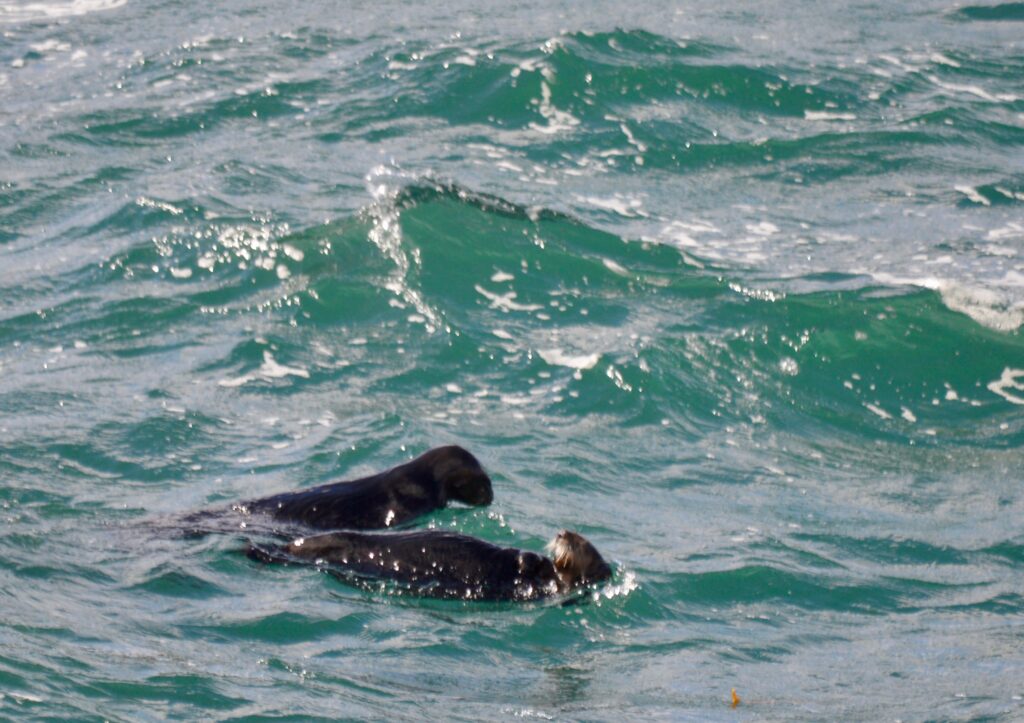
The diversity of outdoor activities available at Point Lobos is outstanding. With its variety of habitats, a wealth of marine mammals and a variety of birds can be seen. Sea lions, harbor seals, elephant seals, sea otters, and sometimes orcas can be spotted year-round while gray whales migrate past this area from December to April.
One of the more magical opportunities Point Lobos offers for marine mammal lovers is harbor seal pupping season in April and May. Expectant moms congregate at the same beaches where they were born. Born swimmers, their pups will weigh about 20 pounds at birth. They will nurse for about four weeks before becoming fully independent.
“We have a couple of great spots to watch harbor seal pupping areas,” Hudson told me. One, from the road at Whalers Cove and the other from the China Cove trail.”
Whalers Cove parking lot is the best access to Granite Point Trail, but it fills early. China Cove beach is closed during pupping season, but the trail above offers a bird’s-eye view with other attractions nearby. These locations can be reached on foot from the entrance on Highway 1.
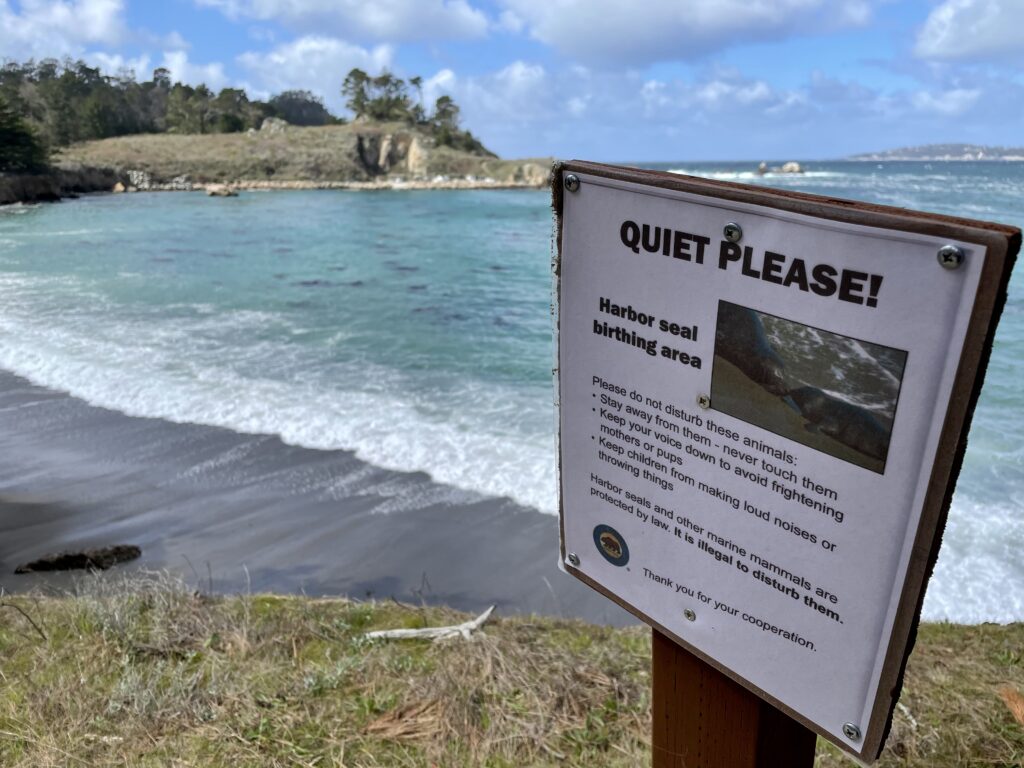
Seals are protected and disturbing them is against the law so reman 150 feet away and avoid loud noises. Squealing children, clapping, waving your arms, and slamming car doors can cause mothers to abandon their pups. Also, you should put your cell phone on mute and watch quietly.
If you cannot fit a visit to see the seals this spring, summer is also a good option. Mating season occurs June through August. The males gather near rookeries to compete with other males. To attract females, the boys slap the water with their flippers, which can be quite entertaining. Not to worry, parents the show is rated G since mating occurs underwater.
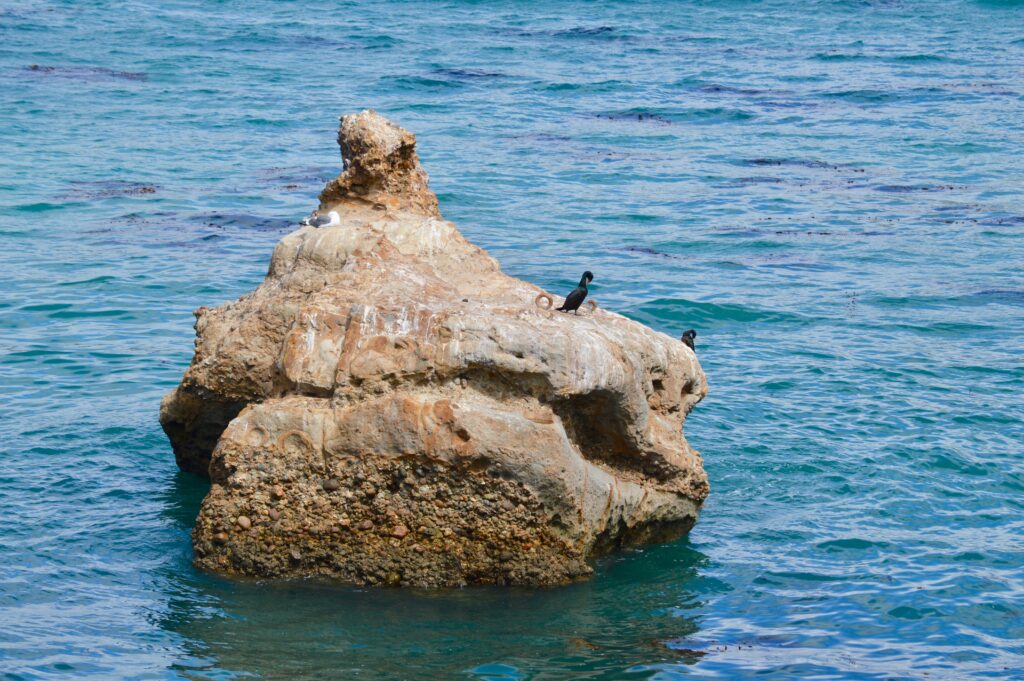
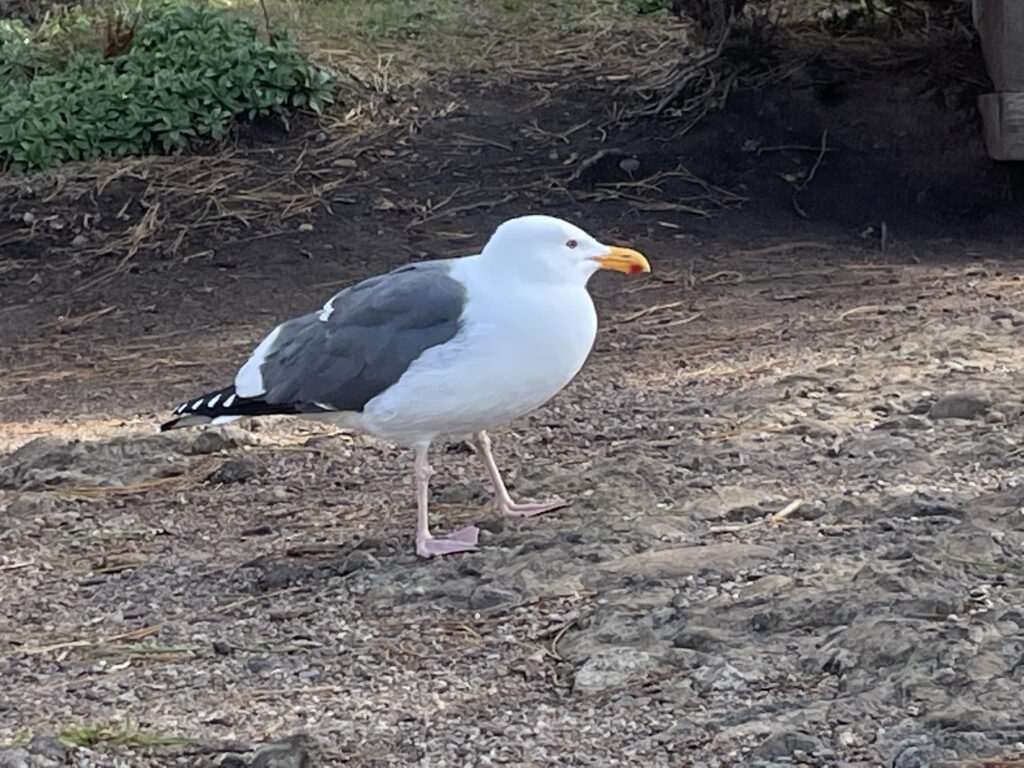
Birdwatchers will delight in the feathered sightings to be had. From smaller land birds such as the chestnut-backed chickadee, dark-eyed junco, and the pygmy nuthatch, to the seabirds.
“In the springtime, the loop to Bird Rock affords a fabulous closeup view of cormorants nesting,” says Hudson. Their courting, nest building, thievery and squabbles will remind you much of human behavior and can keep you entertained for hours.
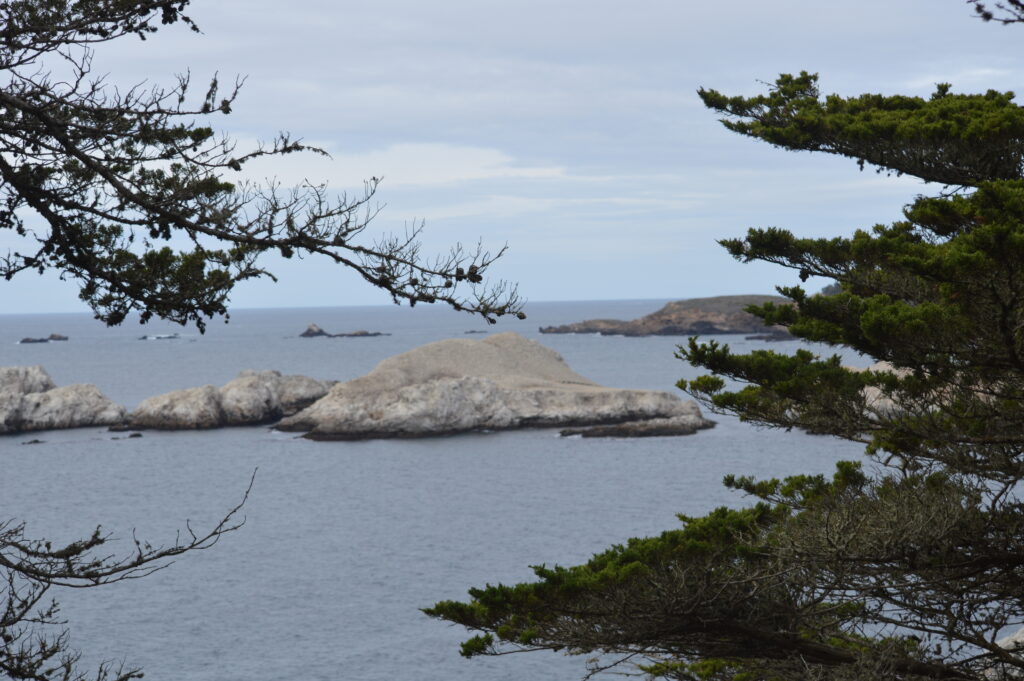
In addition to Brandt’s cormorants, birding enthusiasts are likely to find brown pelicans, black oystercatchers, western gulls, and great blue and black-crowned night herons. In inland areas, keep your ears open for the “bouncing ball” trill of a wren-tit or the “Chi-ca-go” call of a California quail. A lucky birder might even spot a Saw whet owl near the Carmelo Meadows Trail.
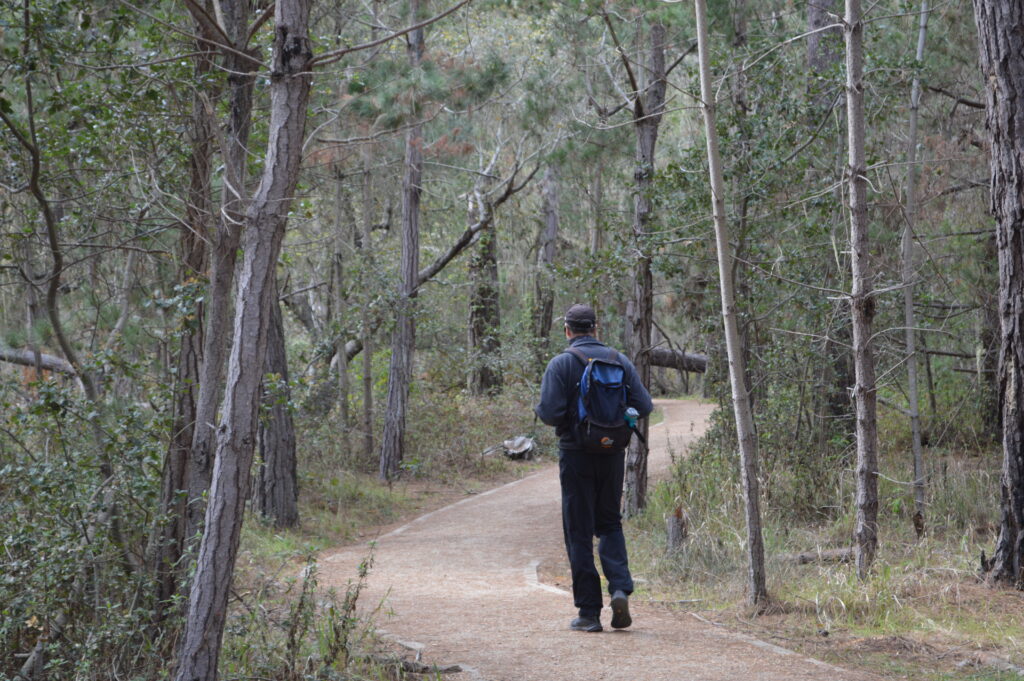
The hiking trails vary from easy to moderate. All are popular. Parents with children in strollers can easily navigate the flat terrain of the Lace Lichen Trail. The 0.5-mile path is named for the gray-green filament plants that hang from the branches of the Monterey pines.
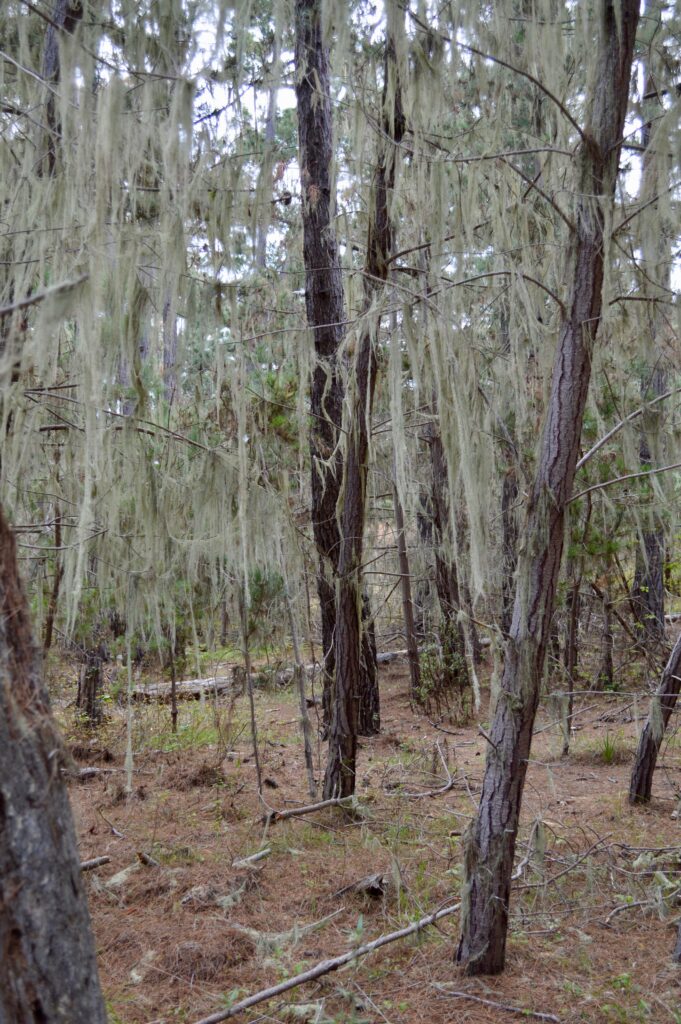
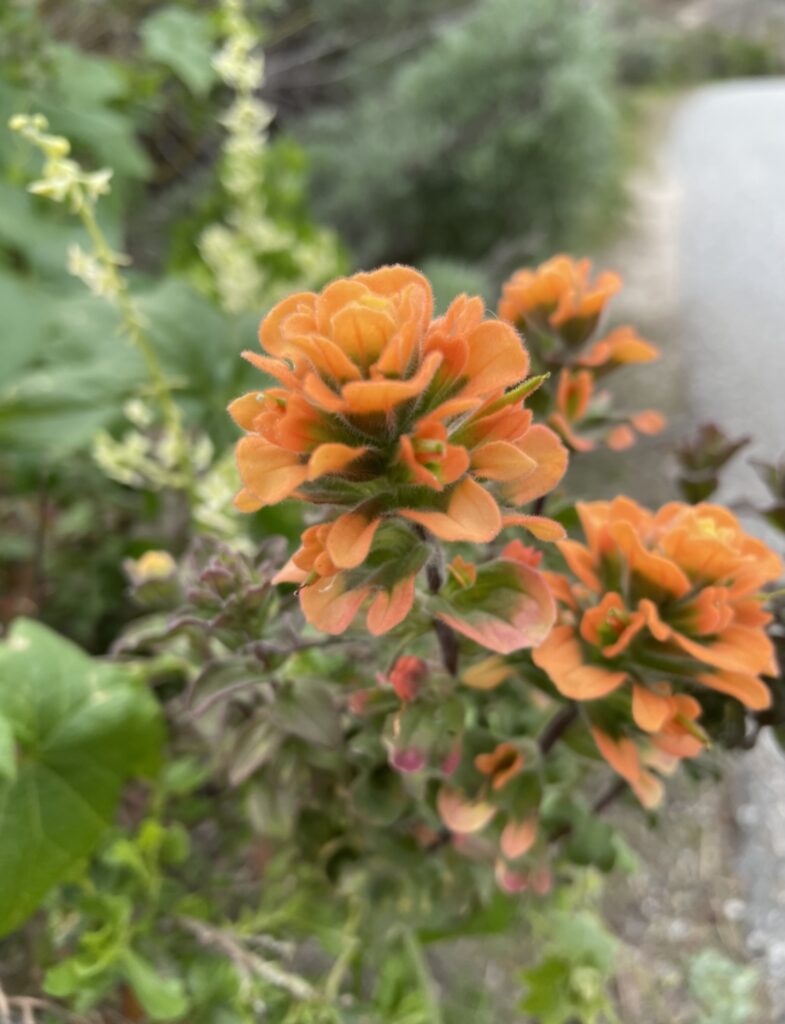
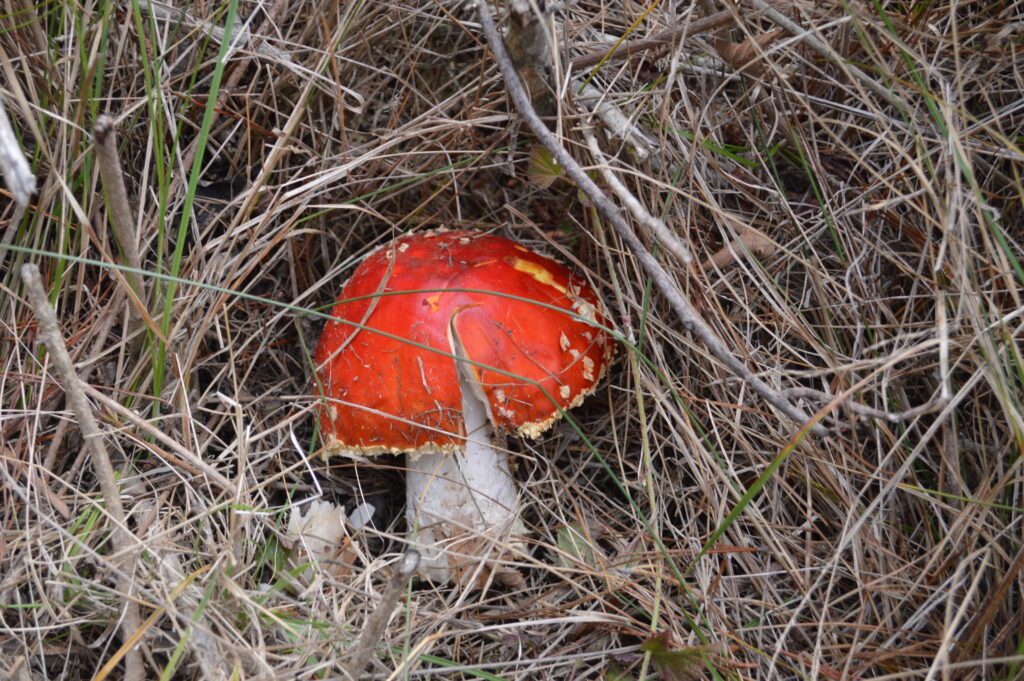
Sea Lion Point offers 0.4-miles of panoramic views of the ocean. The reserve’s Cypress Grove Trail winds through one of the two naturally growing stands of Monterey cypress trees remaining on the planet.The more adventurous hiker may want to tackle the 6.7-mile loop that skirts the shoreline of the entire reserve. This hike has the potential to offer views of wildflowers, turquoise beaches, and natural arches along craggy shorelines.
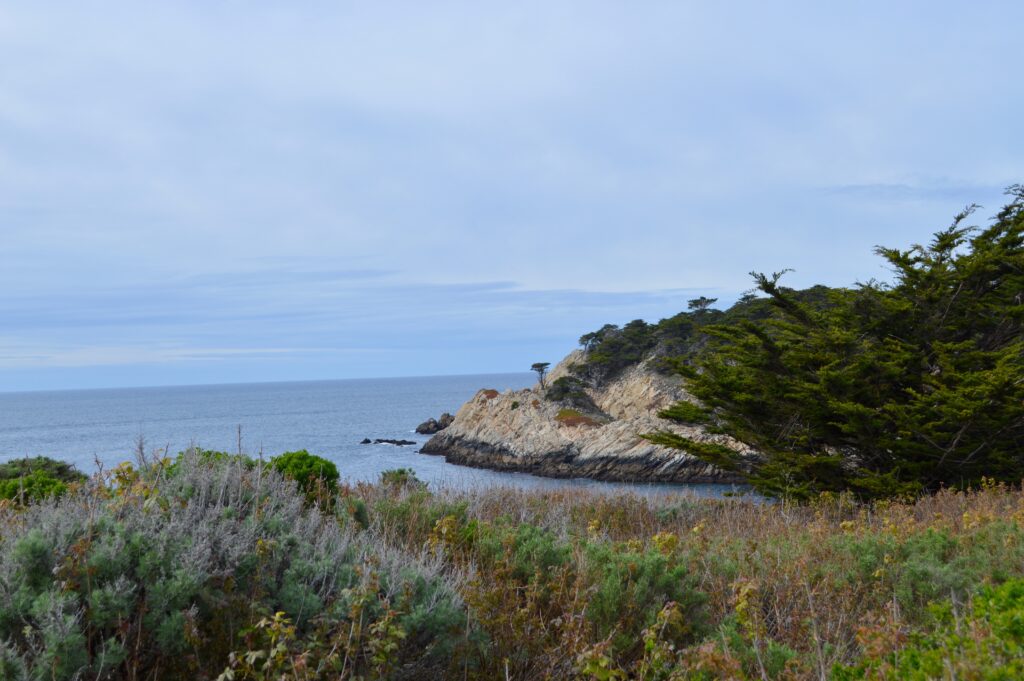
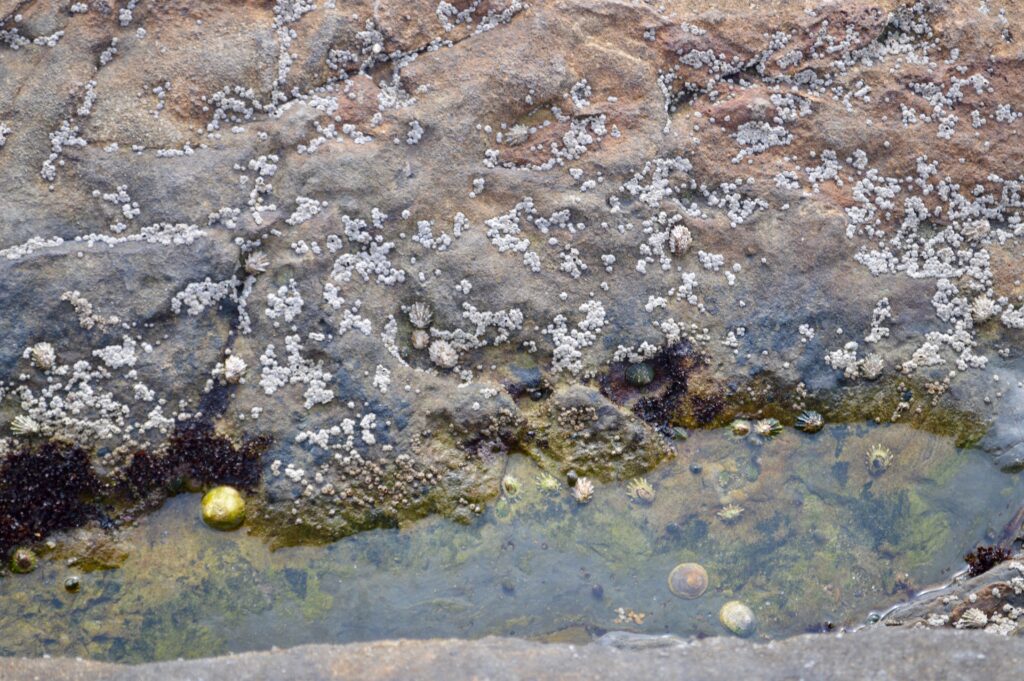
Weston Beach tide pools, known to have some of the richest and most diverse intertidal habitats in the world, is always a fun exploration for all ages. You can download a brochure to bring to help identify the creatures you will see from the Point Lobos website.
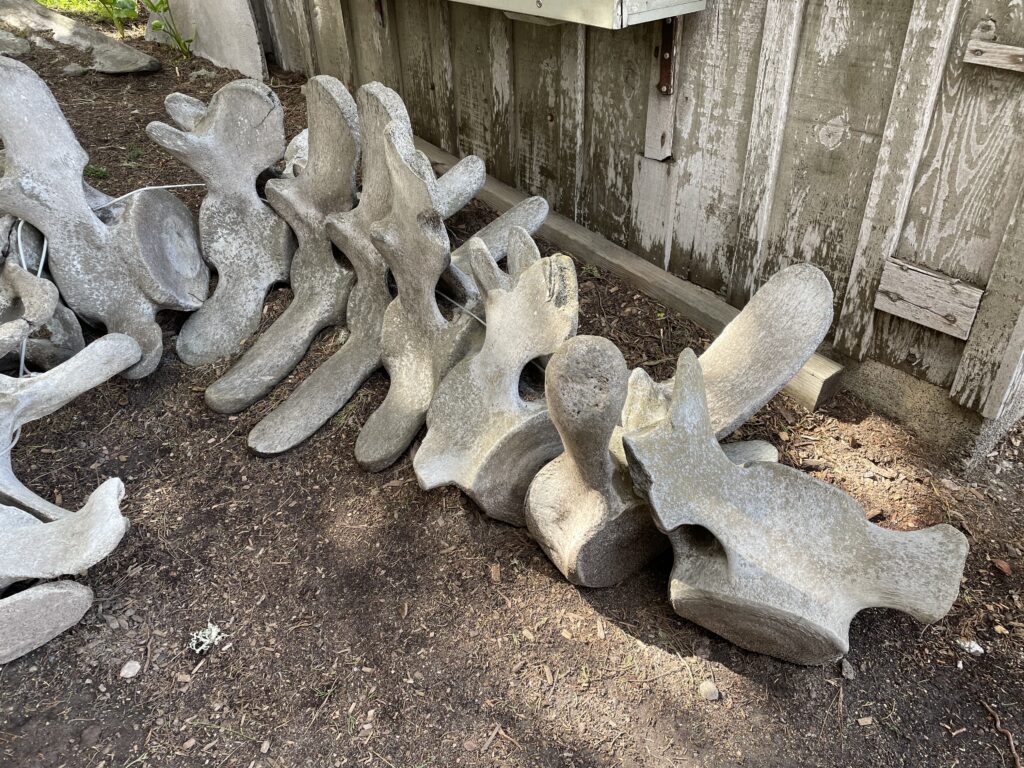
History buffs might enjoy visiting the Whalers Cabin Museum, which is listed in the National Register of Historic Places. Although the museum has been closed because of COVID, the skeleton of a whale, old “try pots” used to boil down whale blubber, and historic wagon wheels can be viewed on the ground. The cabin was inhabited by Japanese and Chinese fishermen in the 1850s.
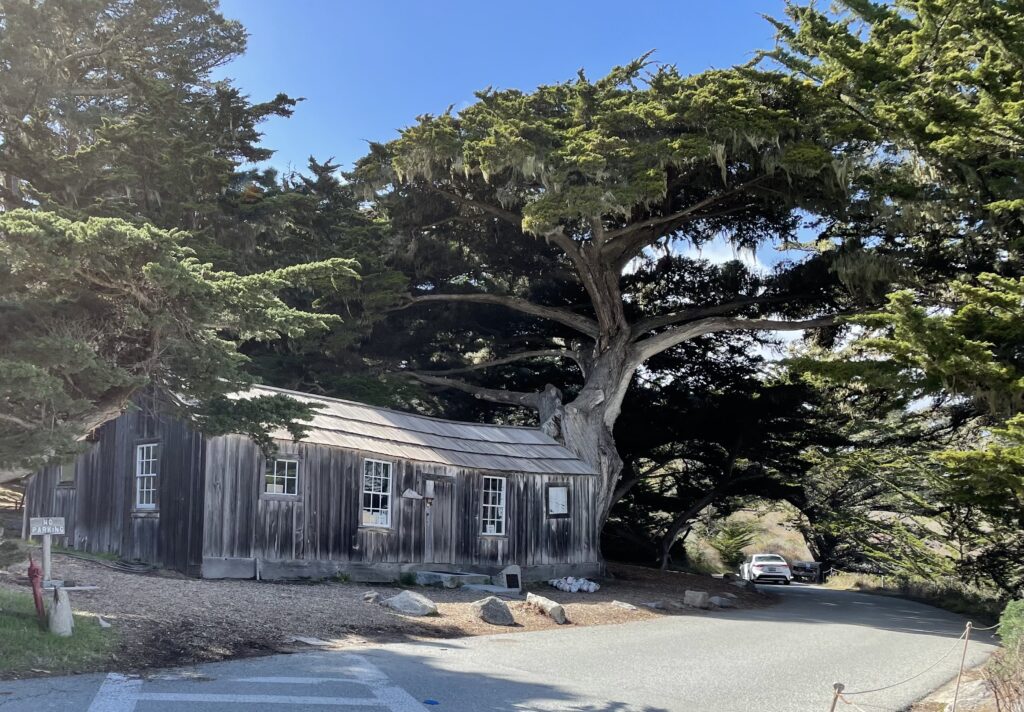
The entrance fee is $10. California Legacy Tours offers two-hour walking tours for $30.
Point Lobos truly has something for everyone. I recommend you plan your visit on the Point Lobos Foundation website that provides itineraries for one to three-hour visits: www.pointlobos.org.
Jill Hedgecock has degrees in the Biological Sciences and Environmental Management. She is the author of Rhino in the Room.

